Build our own Wood Garage Door?
kendog2
8 years ago
Featured Answer
Sort by:Oldest
Comments (6)
randy427
8 years agotoxcrusadr
8 years agoRelated Professionals
Aspen Hill Interior Designers & Decorators · Garden Acres Interior Designers & Decorators · Linton Hall Interior Designers & Decorators · Ridgefield Park Interior Designers & Decorators · Westbury Interior Designers & Decorators · Langley Park Cabinets & Cabinetry · Alton Cabinets & Cabinetry · Daly City Cabinets & Cabinetry · Drexel Hill Cabinets & Cabinetry · Kaneohe Cabinets & Cabinetry · Kentwood Cabinets & Cabinetry · Key Biscayne Cabinets & Cabinetry · Prospect Heights Cabinets & Cabinetry · South Gate Cabinets & Cabinetry · North Bay Shore Cabinets & Cabinetrykendog2
8 years agorwiegand
8 years agotoxcrusadr
5 years ago
Related Stories

CONTEMPORARY HOMESHouzz Tour: Family Builds Its Dream Home on a Wooded Hillside
Light-filled spaces and modern furnishings suit an active family in a California foothill community
Full Story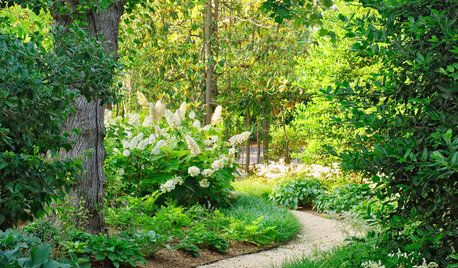
LANDSCAPE DESIGNUnwind in Your Own Private Garden Escape
When the world is getting on your last nerve, an outdoor refuge can soothe and nurture. Here's how to design a garden with relaxing in mind
Full Story
LIFESimple Pleasures: A Room of Your Own
Free up space for your own creative or meditative pursuits, and your dreams may have freer rein too
Full Story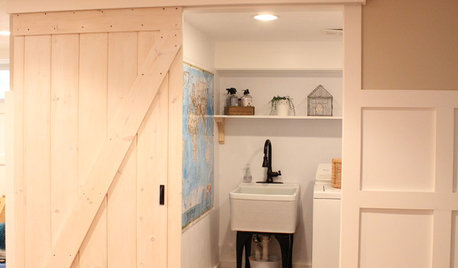
DIY PROJECTSMake Your Own Barn-Style Door — in Any Size You Need
Low ceilings or odd-size doorways are no problem when you fashion a barn door from exterior siding and a closet track
Full Story
REMODELING GUIDESNesting Boxes: Houses With Homes of Their Own
Framing one box with another creates a whole new style of modern indoor-outdoor living
Full Story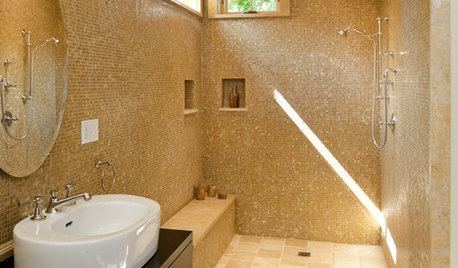
BATHROOM DESIGN8 Tips for Creating Your Own Wet Room
Warm up a room full of tile with color, light, texture and wood
Full Story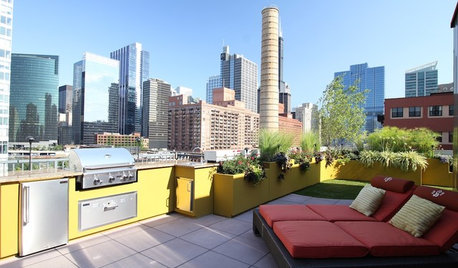
GARDENING AND LANDSCAPINGHow to Get an Outdoor Kitchen of Your Own
New project for a new year: Build a cooking space for your yard or patio to make entertaining a breeze
Full Story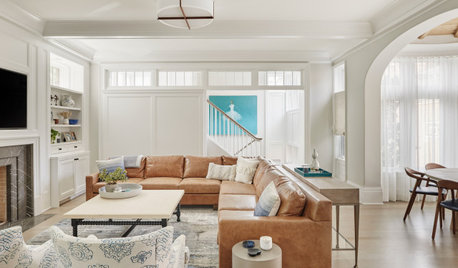
HOUSEKEEPINGChoose Your Own Spring Cleaning Plan
Instead of trying to do it all, pick one of these six cleaning approaches that’s right for you now
Full Story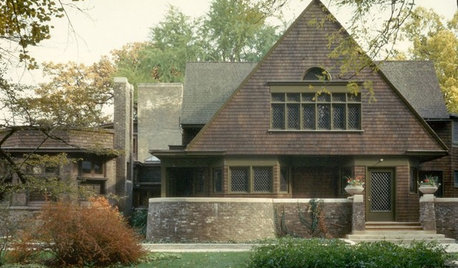
FRANK LLOYD WRIGHTWhat Frank Lloyd Wright's Own House Tells Us
The buildings dreamed up here changed the course of architecture — and Wright's home was no less a design lab than the studio itself
Full Story
HOUZZ TOURSHouzz Tour: A Modern Mountain Home Takes Off With Its Own Airstrip
In Colorado, a glass and concrete home hugs a former hayfield that’s now a launching pad for antique planes
Full Story





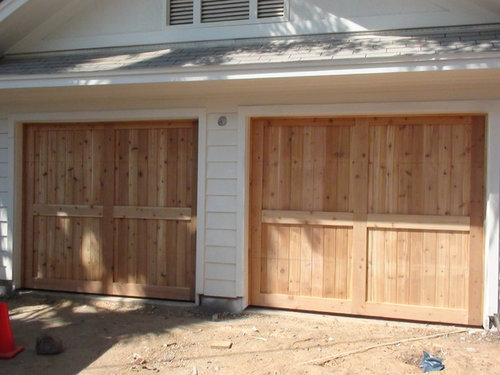
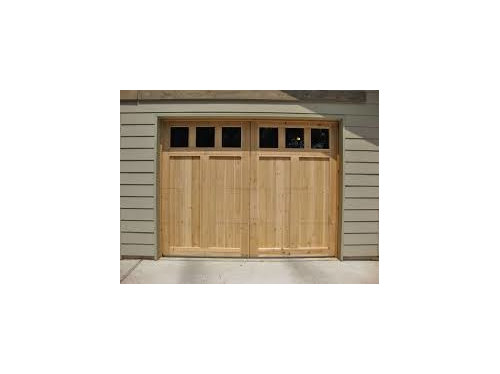
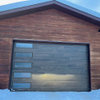

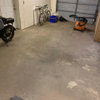
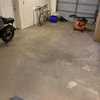
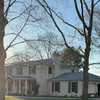
kendog2Original Author